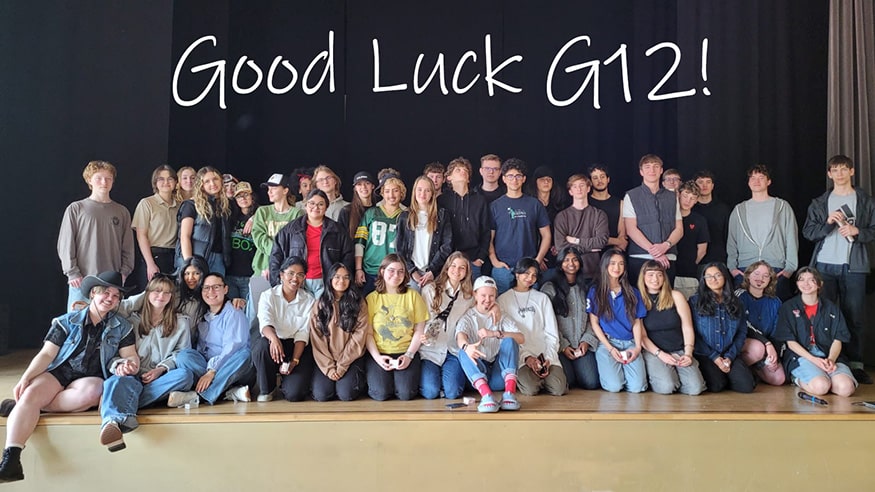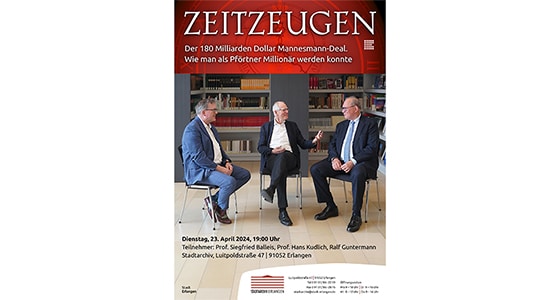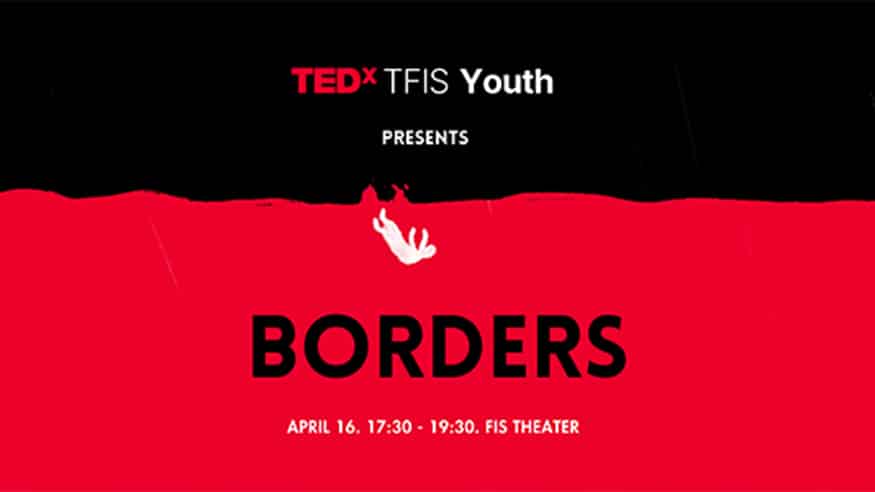Grade 8 students have been busy printing 3D models in their Design classes. The corresponding unit, focused on the UN Global Goals, links to the following inquiry question:
What inventions exist in a community which could be adapted to serve a purpose within that community?
Using this thought point as a springboard, the students researched all of the 17 Global Goals and had to select one goal that they would like to focus on and identify a problem to solve.
Uliana Nesterkina, Grade 8 student, describes her project: a water bottle filter with a solar panel that boils the water and sanitizes it. “A big part of the activity was to decide on what type of solution I’d like to make. If I made a water bottle filter with plastic, it would conflict with the other global goals, so it was fun to think about how I could make it the most efficient and productive while also sustainable,” Uliana reflects.
This component of critical thinking lends itself to IB’s Approaches to Learning, in particular to Communication, Research Skills, and Self-Management. Through this project, the aim is for students to develop as inquirers and open-minded communicators.
“I really enjoyed designing my product on Tinkercad,” says Victoria Haas, who designed an e-bike for her project. Tinkercad is a 3D CAD design tool the students have been using for modeling and printing their inventions. Explaining the process, Victoria says that it is easier to put a finger on the challenges in a product, when using a 3D model. In working with various shapes and measurements, you can identify the areas of improvement in your prototype, and make corrective adjustments as necessary.
Throughout the unit, the key concepts that the students have focused on are Change and Development. While the concept of change involves understanding causes and effects, studying development entails making progress through iterative improvements.
Alluding to this process of change followed by development, Uliana talks about how 3D printing is an implementation of classroom learning in a practical environment. “Many schools may not have this privilege. Watching our ideas take shape in a 3D version helped us build further on our knowledge,” she says.
“The 3D printing gives us a chance to be more creative and see visual simulations of our ideas,” Victoria concurs, adding that it may be harder to illustrate the finer nuances of a model within a 2D framework.
When asked about their biggest takeaways from this project, both the students talk about developing the ability to recognize problems and find pertinent solutions. “It was very interesting to see what challenges face our world and how we can fix them in the most efficient way,” Uliana says. “I think it’s also great that we’re doing something for humanity and are working towards being better global citizens,” Victoria shares, incidentally referring to the FIS philosophy of international-mindedness.
Thank you to Fay Akin, who teaches Design at the FIS and has led this project for Grade 8. Should you have questions about 3D printing, or Design at the FIS, you can get in touch with her at .






